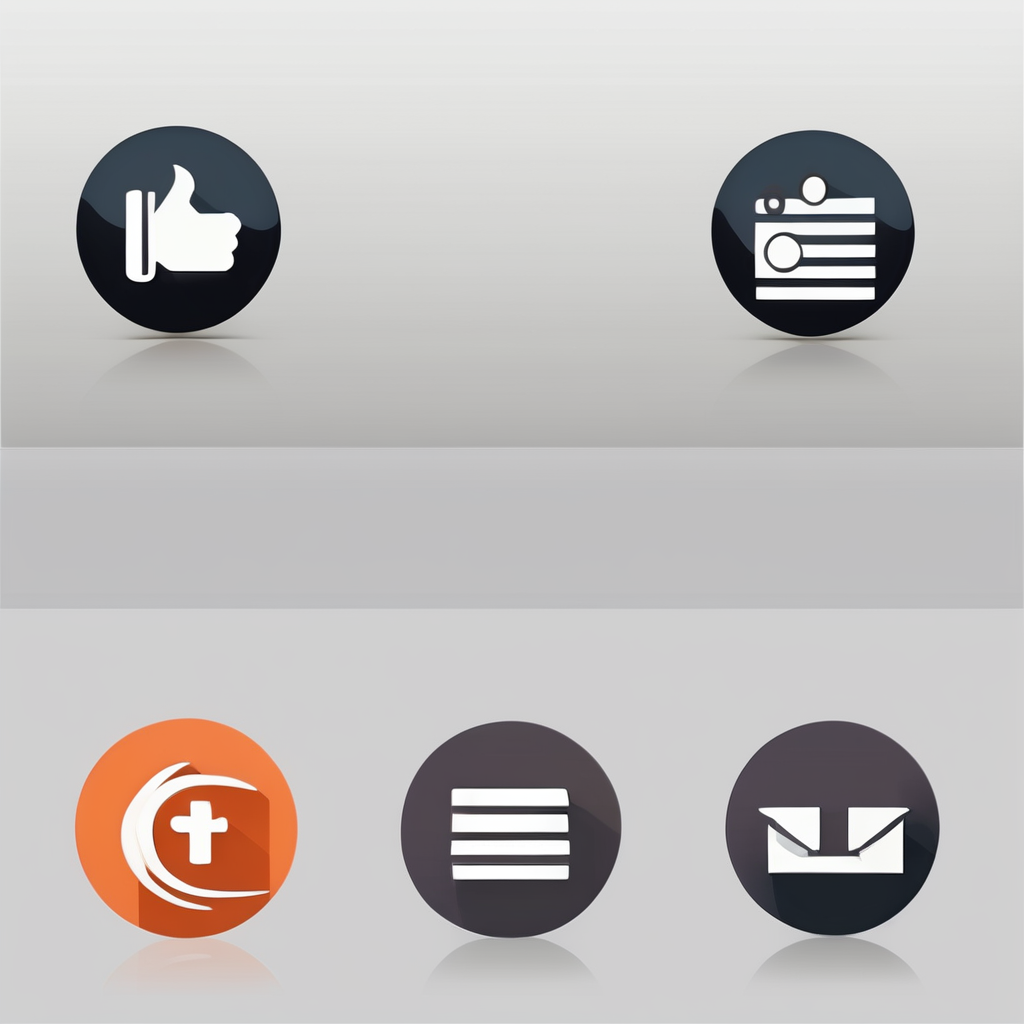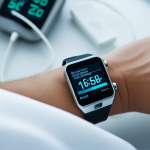Wearable Technology in Chronic Disease Care: Current Landscape
Wearable devices have revolutionized chronic disease management by offering continuous, non-invasive monitoring tailored to patient needs. Among the most widely used are smartwatches, fitness bands, and specialized medical-grade wearables that track vital signs like heart rate, glucose levels, and blood pressure. These devices incorporate advanced sensor technology that enhances data accuracy, enabling precise monitoring of disease progression and treatment response.
Recent innovations have focused on miniaturizing sensors while improving battery life and comfort, critical factors for sustained patient use. The integration of multiple sensors in a single device allows for comprehensive health monitoring without disrupting daily activities. For example, continuous glucose monitors use optical and electrochemical sensors to provide real-time glucose readings, which is crucial in diabetes management.
Also read : Mastering on site first aid training for workplace safety
Adoption rates in healthcare settings are rising steadily. Hospitals and clinics increasingly incorporate wearable data into chronic disease care protocols, recognizing the value of timely, accurate information. This shift represents a significant step in healthcare innovation, as it promotes proactive management, reduces hospital visits, and enhances patient engagement. By embracing these devices, healthcare providers can support more informed decision-making and personalized interventions.
Enhancing Patient Monitoring with Wearable Devices
Wearable devices enable continuous patient monitoring by tracking vital health metrics such as heart rate, glucose levels, and blood pressure in real time. This ongoing data collection allows healthcare providers to detect subtle changes that may indicate emerging complications before symptoms become apparent. For example, sudden deviations in heart rate or blood pressure can prompt early clinical interventions, potentially preventing emergency situations.
In the same genre : Revitalizing rural health: cutting-edge community strategies to overcome wellness inequities
Real-time data integration into patient care plans enhances responsiveness and personalization. Patients and clinicians receive timely alerts and insights, facilitating adjustments in treatment and lifestyle. This dynamic monitoring approach is particularly valuable in managing fluctuating conditions like diabetes or cardiovascular diseases, where immediate feedback is critical.
Moreover, wearable devices contribute to improved patient engagement. By visualizing their health metrics, patients gain a clearer understanding of their condition, motivating adherence to treatment and healthier behaviors. The ability to monitor health passively and continuously without disrupting daily life further supports sustained use.
In summary, the fusion of patient monitoring with real-time data from wearables promotes a proactive, responsive model of chronic disease care. It enhances early detection, timely intervention, and collaborative management between patients and healthcare providers.
Wearable Technology in Chronic Disease Care: Current Landscape
Wearable devices dominate chronic disease management by providing continuous, precise health monitoring outside clinical settings. Popular devices include smartwatches equipped with multi-sensor arrays and specialized medical-grade wearables designed for conditions like diabetes and cardiovascular diseases. These devices track vital metrics such as heart rate, glucose levels, and blood pressure with increasing accuracy thanks to advancements in sensor technology.
Recent breakthroughs have focused on enhancing sensor sensitivity and integrating multi-modal data collection, allowing simultaneous tracking of various physiological signals. For instance, optical sensors combined with electrochemical detection improve glucose monitoring, supporting real-time adjustments in treatment. Battery life improvements and ergonomic designs ensure patient compliance, which is essential for long-term disease management.
Healthcare innovation is accelerating as institutions steadily adopt wearable data into clinical workflows. Studies report increased adoption rates, reflecting recognition of wearables’ value in proactive care. By integrating data streams directly into healthcare platforms, clinicians can better tailor interventions, optimizing chronic disease outcomes. This trend signals a shift towards data-driven, personalized care models where wearable devices play a fundamental role in both monitoring and managing chronic illnesses.
Wearable Technology in Chronic Disease Care: Current Landscape
Wearable devices have become indispensable in chronic disease management, offering tools that continuously monitor vital health metrics with increasing precision. Leading devices include medical-grade wearables and smartwatches equipped with advanced multi-sensor arrays, capturing data on heart rate, glucose, and blood pressure. These devices leverage breakthroughs in sensor technology—such as optical, electrochemical, and bioimpedance sensors—to deliver real-time, accurate physiological insights that support dynamic patient care.
Advancements in data collection have enabled the integration of multiple sensor types within single wearables, allowing comprehensive health monitoring without intruding on daily routines. This continuous stream of data enhances healthcare providers’ ability to personalize treatments by identifying subtle physiological changes that signal disease progression or response to therapy.
Adoption of wearable devices in healthcare settings is growing rapidly, with increasing incorporation into clinical workflows reflecting a broader shift toward healthcare innovation. Hospitals and clinics value the enhanced patient data wearables provide, which facilitates more informed decision-making. As these devices become more user-friendly and interoperable with existing health systems, their role in chronic disease care will continue to expand, driving improved patient outcomes and more effective disease management.
Wearable Technology in Chronic Disease Care: Current Landscape
Wearable devices have become pivotal in chronic disease management, offering continuous monitoring that supports proactive care. Leading devices include smartwatches and specialized medical-grade wearables, each integrating advanced sensors such as optical, electrochemical, and bioimpedance technology to capture vital health metrics like heart rate, glucose, and blood pressure with high precision.
Advancements in sensor technology facilitate multi-modal data collection, enabling simultaneous measurement of diverse physiological signals. This integration reduces patient burden while delivering comprehensive health insights critical for dynamic disease management. Improvements in battery life and ergonomic design further drive patient compliance, essential for long-term use.
Adoption trends indicate growing incorporation of wearables into healthcare settings. Hospitals and clinics increasingly integrate wearable data into clinical workflows, leveraging the real-time information to enhance personalized treatment plans. Studies show rising use of these devices reflects recognition of their role in healthcare innovation, helping clinicians detect subtle health changes earlier and optimize interventions.
Thus, wearable devices are rapidly transforming chronic disease care by combining precision monitoring with seamless integration into healthcare systems, advancing patient outcomes through data-driven decision-making.
Wearable Technology in Chronic Disease Care: Current Landscape
Wearable devices play a central role in chronic disease management by providing continuous, accurate health monitoring. Major devices include smartwatches, medical-grade wearables, and specialized sensors capable of tracking key metrics like heart rate, glucose, and blood pressure. These technologies rely on advancements in sensor technology, such as optical, electrochemical, and bioimpedance sensors, which enhance data precision and expand the scope of monitoring.
Data collection methods have evolved to integrate multi-sensor arrays within compact, comfortable devices. This integration not only improves user compliance but also allows simultaneous tracking of diverse physiological parameters, offering a comprehensive view of patient health. Enhancements in battery life and device ergonomics support longer-term use, crucial for effective chronic disease management.
Healthcare innovation is evident in rising adoption rates, as institutions increasingly incorporate wearable data into clinical workflows. Hospitals and clinics utilize this data to personalize care plans, detect early signs of complications, and adjust treatments promptly. These trends underscore the growing recognition of wearable devices as foundational tools in transforming chronic disease care through real-time, data-driven insights.
Wearable Technology in Chronic Disease Care: Current Landscape
Wearable devices have become essential tools in chronic disease management, combining comfort with precise physiological tracking. Leading devices include smartwatches and medical-grade monitors that employ advancements in sensor technology such as optical, electrochemical, and bioimpedance sensors. These innovations contribute to improved accuracy and reliability in capturing vital health metrics including heart rate, glucose, and blood pressure.
Data collection methods have evolved significantly, allowing multiple sensors to function cohesively within compact devices. This integration enhances continuous monitoring without disrupting patients’ daily routines, supporting sustained use critical for effective disease management. Notably, battery efficiency and ergonomic design improvements ensure longer wear time and greater patient compliance.
Adoption of these devices in healthcare settings is accelerating. Hospitals and clinics increasingly integrate wearable data into clinical workflows, recognizing its value in enabling timely interventions and personalized care. Studies indicate a rising trend in the use of wearable devices as part of a broader push for healthcare innovation, underscoring their foundational role in enabling data-driven approaches that optimize treatment outcomes and resource utilization.











